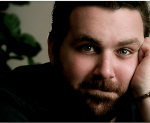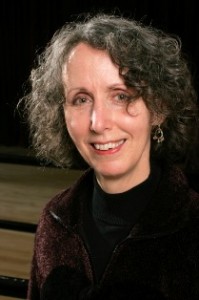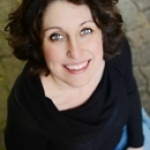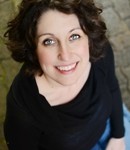Editor’s note: This piece was originally published in the newsletter for the National Art Education Association, and has been reprinted with permission.

Dennis Inhulsen
Nearly one thousand art educators from all parts have reviewed and provided feedback to our Next Generation Visual Arts Standards. I am pleased to report that reviewers have supported our work as “agree” or “highly agree” with 85% to 92% approval in all categories. As chair of the team of art educators writing the standards, I am proud and amazed by their perseverance and professionalism demonstrated throughout the process. While still a work in progress, we are on a positive path to support art education for all students and the teachers that serve them.
What are Standards?
The Common Core State Standards Initiative define standards as:
Educational standards help teachers ensure their students have the skills and knowledge they need to be successful by providing clear goals for student learning.
Source: http://www.corestandards.org
Further, educational standards, are developmentally appropriate, assess with reliable measures, and pay close attention to the gaps of demonstrated learning for all students. Standards in education can be traced to the early 1980’s when a “Nation at Risk” was published prompting legislation by congress through the Elementary and Secondary Education Act (ESEA).
Standards for Arts Education were first published in 1994 after the standards movement in education was well underway. Since the birth of the standards arts teachers have been increasingly held accountable to them. Our new standards reflect new practices in art education aligned to new challenges teachers face such as demonstrating growth in art for teacher effectiveness ratings and to help teachers with qualities that matter most transferring learning into adulthood. NAEA in partnership with the National Coalition of Core Arts Standards in the local autonomy of teachers and is striving to write standards that can be adapted to a wide variety of teaching and learning conditions. The standards further make the case for more learning in and through the arts.
Through feedback review it was noted that there is a fine line between standards and instruction & curriculum. Indeed, standards in the new Common Core for English Language Arts & Math oftentimes have a tone suggesting “how” to teach not “what” to teach. Like our standards, they are a hybrid of sorts providing enough detail for teachers to assimilate for unit planning.
Read More

















